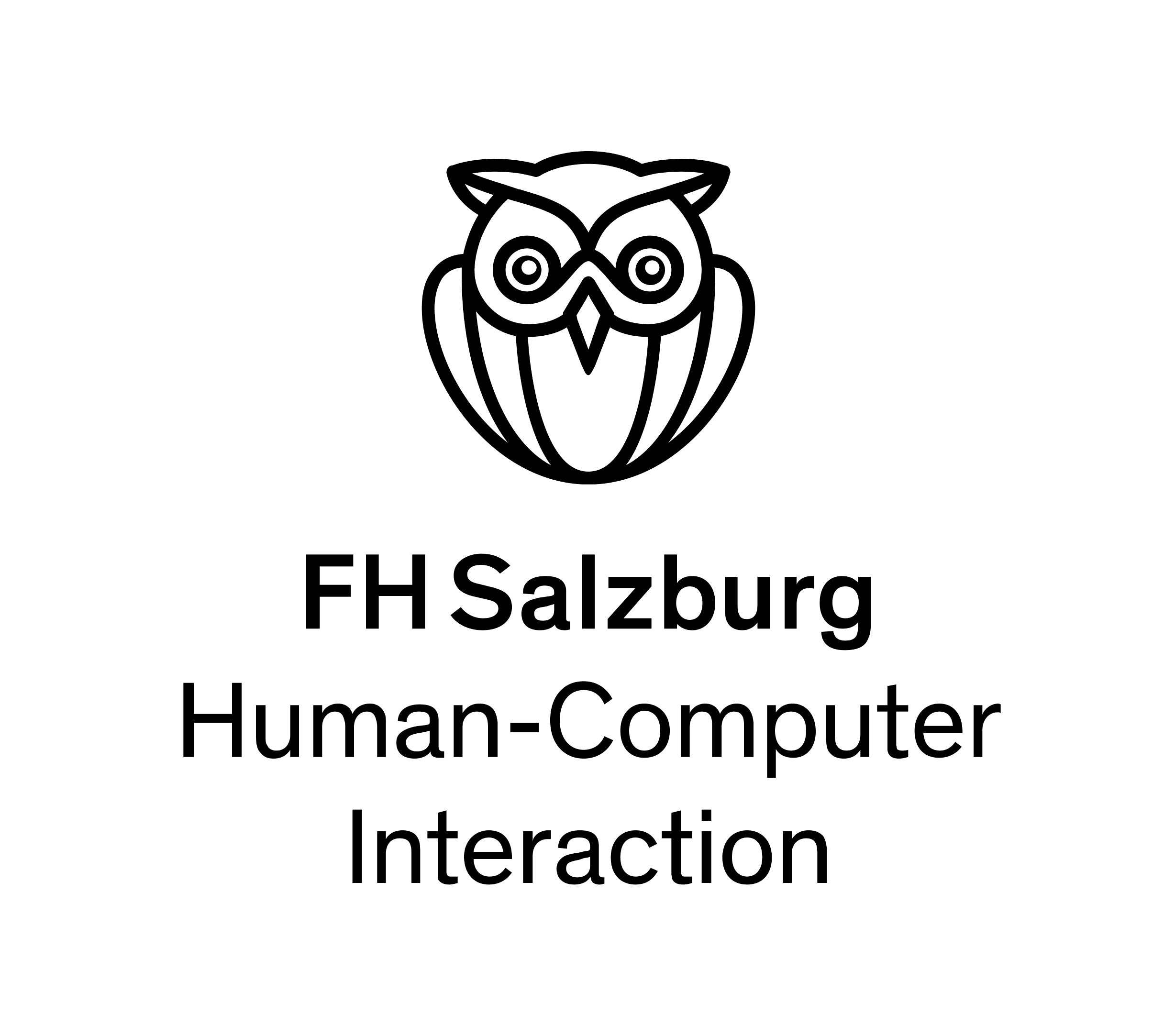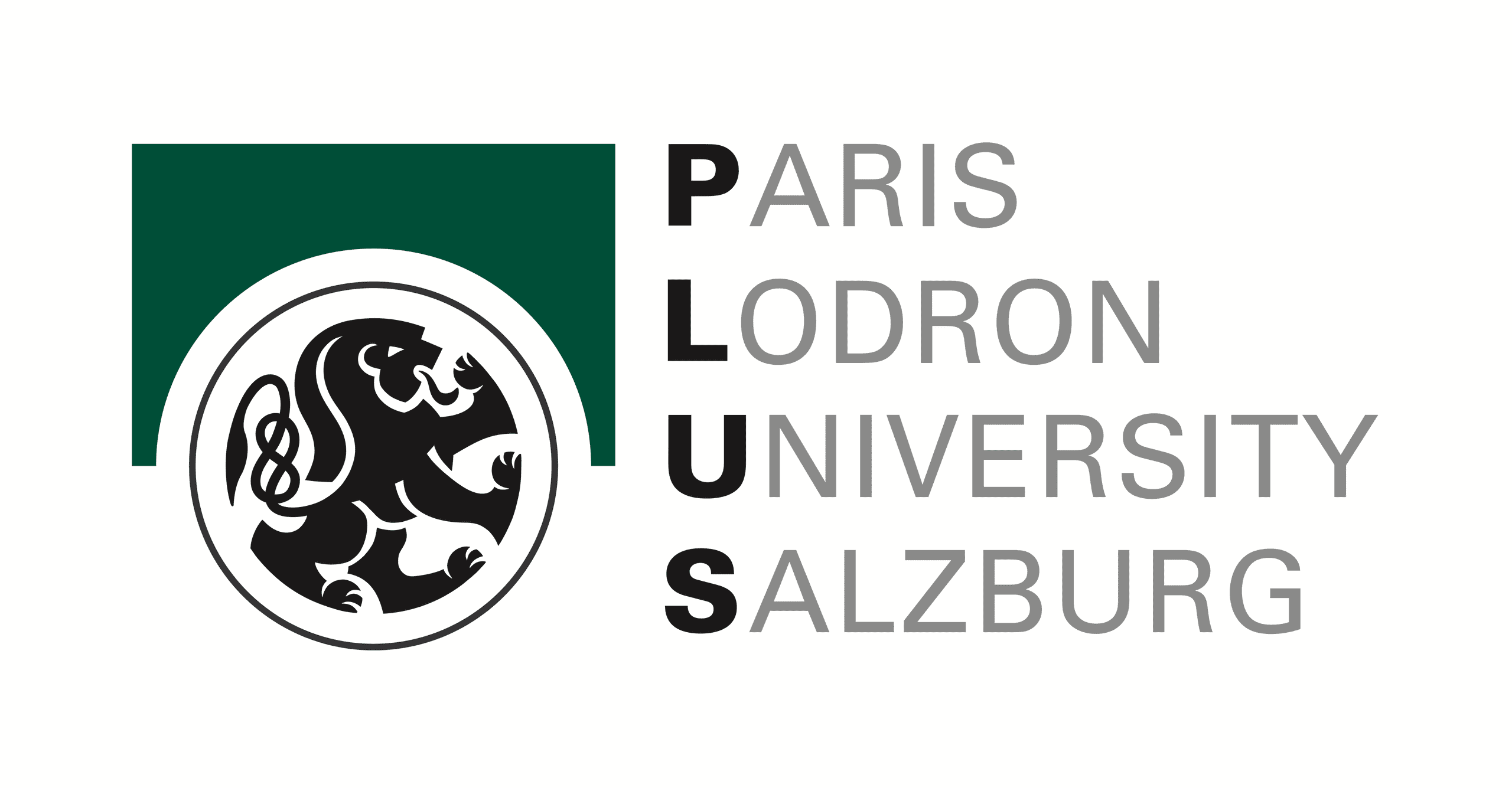HCI Students Conference
29. June 2021
09:00
Online
The Conference will take place on June 29th, 2021 in Google Meet.
The Proceedings of the Salzburg HCI Students Conference 2021 are presented here:

Faith Young
Many areas of work are being influenced by digitalisation, increasingly shifting to an online context and to increased use of technology for tasks that were previously performed offline or analogue. The COVID-19 pandemic in particular has accelerated this process for many industries. The arts sector, which has seen comparatively little technology adoption in relation to other professions, has experienced several changes through digitalisation that we want to explore. The goal of this study was to identify what has changed in the way performing artists operate in an online setting, how they engage with their audience and how their interaction is and can be further supported by technology. After interviewing thirteen performers from different artistic backgrounds, the data indicated that the working environment for performing artists has changed fundamentally, but there is a resounding belief that online cannot replace in-person performance. It was also clear that many characteristics of the audience have changed dramatically. However, performers perceived that there are many possible directions for technology-supported performance in the future.

Azur Mešić
Due to the Covid-19 pandemic most educational institutes were forced to switch to online lessons. While it was a relatively easy switch for most types of programs, there is a group that was hit particularly hard by this change - musicians. In this paper we examine how online lessons change the experience having piano lessons for students and teachers. A series of interviews with teachers and students were conducted as well as one autoethnographic study and one observation study. The findings show issues with sound quality, camera positioning, and internet quality. They also indicate that the lack of physical interaction and social aspects further worsens the experience during online lessons. The outcome of the contextual analysis is a design suggestion. This design is meant as a supplement to what is currently used for lessons, and works on the principles of involving additional senses to communicate ideas more effectively.

Marta Dziabiola
The COVID-19 pandemic has drastically challenged the in-person relationships, calling attention to the question of how intimacy can be sustained over distance. Couples across the globe have been forced to stay apart, thus having to maintain their relationship via digital technologies.The present paper aims to explore the existing practices and barriers in experiencing intimate interactions in technology mediated LDRs and how intimacy can be supported via a wearable device as well as presents two prototypes of QUDE – a connected patch/armband, which can be placed on different body parts to support meaningful, unobtrusive tangible interactions for people in LDRs. Additionally, we describe and reflect on the first results of usability testing. The methods used in this paper include semi-structured interviews combined with a creative task, affinity diagram, qualitative content analysis and rapid prototyping.

Emma Roodbergen
The way in which humans communicate with each other through technology is a major topic in the field of human-computer interaction (HCI). This research focuses on how young adults, between the age of 18 to 35, share their feelings of loneliness, with others, over distance through the internet. The aim of the research is to investigate existing digital communication technologies and propose a design suggestion to improve the interaction experience of communicating over distance via the internet. A contextual analysis is conducted through a scenario-based interview with 4 participants from different European countries.
It is found that young adults are reluctant to express their negative feelings over online instant messaging because of the fear of being misunderstood. Finding the right timing for a conversation is important as well. The findings also suggest that non-verbal communication is missing in online chat environments. Young adults prefer having a sensitive conversation face-to-face. The outcomes of the contextual analysis serve as an input for the design suggestion.
The result is a design suggestion that facilitates a more tangible interaction for finding the right timing to starting a conversation communication between two close people.

Simone Muscas
As our means of communication constantly change, so does the way we interact with new forms of media to satisfy specific needs. This paper goes beyond the role of social media as communication channels in migration networks and explores the individual emotional and practical implications of the use of social media and how those facilitate immigrants’ integration into new environments. While there is already a significant amount of knowledge that reveals the existing patterns and the motives behind the social media use among immigrants, it is still to be investigated how exactly they utilize social media in daily life situations in order to achieve a smoother integration. To deliver better insight on the complexity of individual needs and gratifications in social media interaction during the migration phase, we have followed an inductive qualitative study approach and adjusted our semi-structured interview questions based on the Uses and Gratifications Theory (UGT). Our findings suggest that a) social media are used by immigrants primarily as means for maintaining strong ties with family and friends abroad, contributing to the overall well-being and b) the issues relevant to organizing the process of migration and integration are hard to address due to the lack of trustworthiness of virtual ties as well as the limited availability of reliable bureaucratic information on social media.

Frederik Hirschmann
The COVID-19 pandemic had an impactful effect on the education sector, where it caused an unprecedented digitalization boost. The forced shift to remote teaching with little to no preparation brought both, new opportunities but also challenges for teachers and pupils. The paper investigates the “new normality” of four Austrian grammar school teachers and issues that come with it. Context analysis revealed new design spaces to address several of these issues. In a contextual design phase we designed Study Buddy, a teaching and learning device, that fosters the merits of traditional on-site teaching in a remote setting. With our critical design approach we seek to spark a discussion about the future of education in a digital-analog hybrid space.


